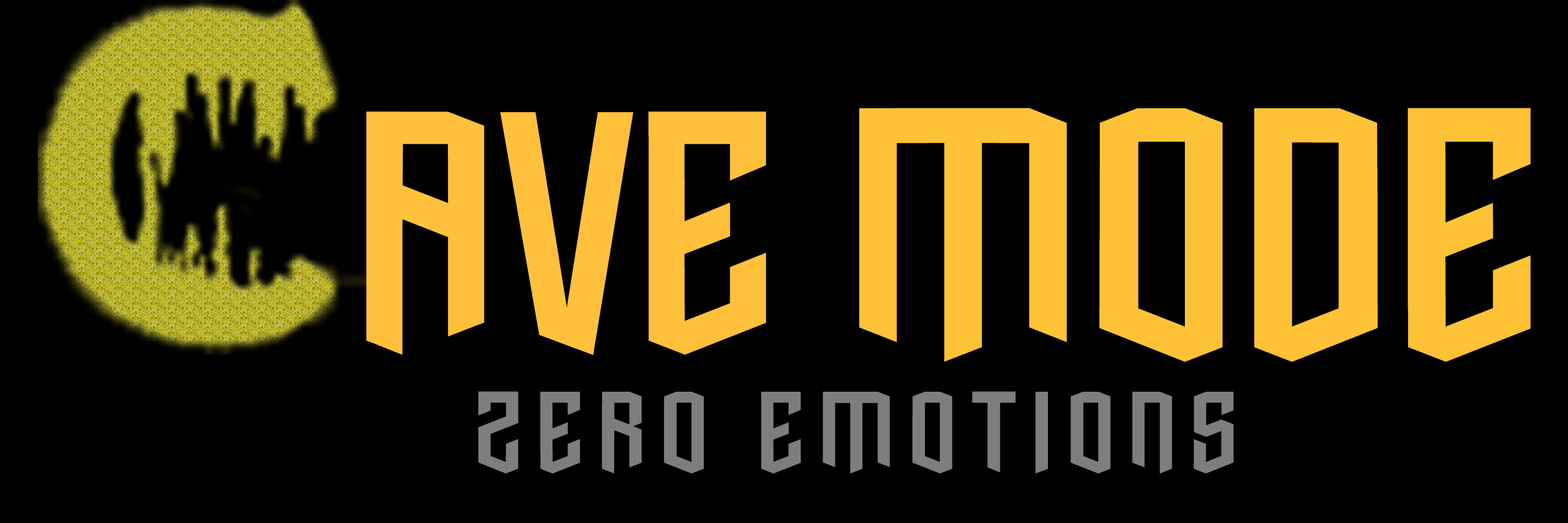This blog post dives into a critical comparison of two popular strength training philosophies: the U.S.-advocated progressive overload system and the Westside Conjugate Method.

The U.S. Progressive Overload Approach
The article criticizes the traditional progressive overload system for:
- Muscle Loss After Hypertrophy Phase: View building muscle mass (hypertrophy) as a temporary first step, as muscle size starts diminishing after just a few weeks.
- Focus on Light Weights Early On: Consider initial emphasis on light weights ineffective for gains in strength and velocity.
- Limited Strength Gains During Maintenance Phase: As weights become heavier, the system struggles to maintain both peak force and velocity.
- Reduced Training Volume Before Competitions:
Lowering training volume close to competitions can detrimentally affect performance.

The Westside Conjugate Method – An Alternative
The Westside Conjugate Method offers a different perspective:
- Year-Round Muscle Growth: This method emphasizes constant muscle mass and strength development throughout the year.
- Maximal Effort Method: The Westside approach uses high-intensity lifts (100%+) with the conjugate method, incorporating exercises that mimic the classical lifts but target weaknesses.
- Pendulum Wave for Speed-Strength: For speed-strength, the Westside method utilizes a wave periodization approach, increasing weight for three weeks followed by a decrease to maintain bar speed.
- Maximal Effort Day with Conjugate Exercises: Separate from dynamic work, a max effort day focuses on heavy lifts (100%+) using various conjugate exercises to target specific weaknesses and perfect form.
- Extra Workouts: The Westside method allows for additional training sessions throughout the week for strength, recovery, and flexibility.

Who Should Choose Which Method?
The blog post doesn’t explicitly recommend one method over the other. However, it highlights the key differences between the two approaches, allowing lifters to consider:
- Training Goals: If year-round muscle growth and high-intensity training are priorities, the Westside method may be appealing.
- Recovery Capacity: The Westside method’s high training volume might require excellent recovery abilities.
- Complexity: The Westside method involves more exercise variations and planning compared to the progressive overload system.
Conclusion
This blog post presents two contrasting philosophies in strength training. Progressive overload offers a simpler structure, while the Westside Conjugate Method prioritizes continuous development and high-intensity training. Choosing the optimal approach depends on individual goals, recovery capacity, and training preferences.
Note: It’s important to consult a qualified strength and conditioning coach to determine the best training program for your specific needs and goals.
Check out our previous post about Building Explosive Power for Weightlifting.

